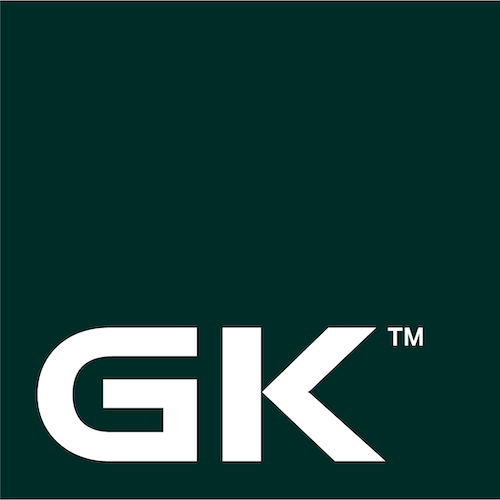Solar energy has proven to be one of the most sustainable sources of electricity around. Much of its success lies in the fact that the environmental footprint of a solar generated power unit is only a fraction of the footprint of conventional technologies. Therefore, solar energy offers the most cost-effective means of decoupling electricity generation from environmental and health impacts.
Solar panels generate about 30 times more energy over their useful life than is required to manufacture them. This means that a solar panel instantly remunerates the energy it takes to manufacture it in less than a year on average, a figure that, similar to the environmental footprint of solar energy, constantly improves as solar energy becomes more mature.
This has very interesting implications for industries, all of which have high energy consumption by the very nature of their business. Today, solar energy conversion is widely used to generate heat and produce electricity in factories.
A comparative study on world energy consumption published by the International Energy Agency (IEA) shows that by 2050, solar panel installations will supply around 45% of the energy demand for the world’s industries. This is one of the reasons that solar thermal energy is gaining popularity in industrial applications.
GK leads the use of solar panels in the Central American industry
Solar thermal energy generated with solar panels is an alternative to generate electricity, process chemicals and textiles, or even heat spaces. It can be used in food, non-metallic, textile, construction, chemical or even commercial industries.
Honduras is one of the leaders in the implementation of this sustainable technology thanks to GK vision. The Group has recognized the importance of applying solar energy for a wide variety of applications in the textile industry, and providing energy solutions that improve the efficiency of its systems.
The installation of the Spinning Mills photovoltaic plant in Honduras already celebrates its second anniversary, which has further enhanced its prestige as one of the main yarn manufacturing factories in the Central American region. This project comprises 2 megawatts made up of a system of 5,464 solar panels, as well as 20 SMA inverters, which annually generate 5,292 MWh of pollutant-free energy that comes entirely from the sun.
This installation has generated a good amount of renewable energy, and has also saved in the emission of more than 3,000 tons of CO2.

Other contributions of GK to the sustainable industry
The company does not stop when it comes to caring for the environment. ALTIA Smart City continues with a perspective of sustainable and energy efficient construction, and for this reason it has also opted for solar energy to install a photovoltaic electricity generation system that makes it the most competitive option on the market in terms of energy costs, in addition to generating savings for its customers.
ALTIA Smart City continues with the commitment to be a socially responsible company, reducing its carbon emissions annually. At the same time, Green Valley Advanced Manufacturing Hub is currently developing and implementing its own solar-powered photovoltaic electrical power generation project.
With all these commitments, GK foresees a 60% reduction of the CO2 footprint by 2026 with specific objectives in: Renewable energies, Cogeneration, LED lighting, CO2 reduction, and Waste management.
You may want to read How to achieve a more sustainable textile industry
